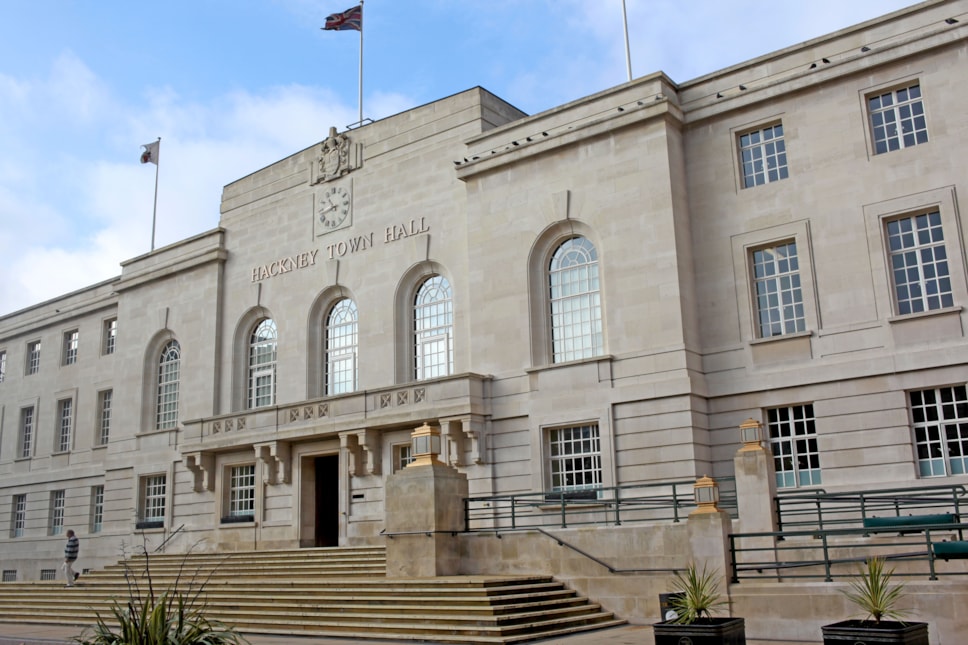
Responding to the fall in pupil numbers
Cllr Anntoinette Bramble, Deputy Mayor and Cabinet Member for Children's Services and Education, writes:
Just 20 years ago the borough’s schools were some of the worst in the country; now they are among the very best. This transformation of education in Hackney is one of the greatest success stories of public policy in the country.
This success wasn’t built overnight, but was driven by political focus on investment in our schools estate, with new spaces to learn and play, alongside first-class facilities to inspire both students and teachers; and was forged through the closest of partnerships between the Council, and local schools and academy trusts. The support of parents, carers and children and young people are very much at the heart of this success.
The story of educational success in Hackney is one that is widely recognised: we proved it possible to achieve excellence in an inner-city borough, with a comprehensive intake, and with a catchment area among the most deprived in the country.
Hackney experienced significant and unprecedented growth in demand for primary school reception places between 2007 and 2014: a trend reflected across London. At its peak, the total number of reception-aged pupils on roll in schools in Hackney was 2,855.
Today we have lower birth rates, families leaving Hackney as a result of the housing crisis, Brexit or the Covid-19 pandemic, and competition from free schools. As a result, like the majority of inner London boroughs, we are seeing the number of reception-age pupils falling. The October 2022 schools census shows that the number of pupils starting reception has decreased by more than 20% compared to the peak in 2014 - a loss of 20 classes.
Significantly smaller class sizes might sound like good news, but plummeting rolls have a huge impact on schools - and the main reason is funding. State-maintained schools receive money from central government directly proportional to the number of pupils they have. Fewer pupils equals less funding.
To put that into context: this school year alone, a maintained primary school will lose £6,484 for each empty school place it has.
In 2022/23 alone, primary schools in Hackney are set to receive £30 m less in funding compared to what they would be entitled to if they were running with all classrooms full, with some of the worst-affected schools seeing a yearly loss of more than £1m in income.
This means: less money for staff; less money for resources and equipment; less money to pay bills and to carry out maintenance work; and less money for extracurricular activities. Add the cost of living crisis - which is seeing energy and materials costs skyrocketing - into the mix, and it's no surprise some of our schools are now running at a catastrophic and sometimes irreversible deficit.
This is no fault of our schools. The Council has been responding to the trend and helping schools to manage the situation, by formally reducing and capping admission numbers, to provide more budget certainty for headteachers. But it doesn’t solve the long-term budget pressures.
We asked the government for help - by giving schools additional one-off funding to manage their falling rolls while numbers stabilise. In addition, we asked for greater powers to manage school places in free schools and academies - which are independent of the Council - in order to pool pupil place-planning resources. The government, in response, told us they had increased funding per pupils nationally - by around 2 per cent per pupil - but that is simply not enough.
The Council has a legal duty to ensure that schools provide high quality places for the children. And more than that, we are ambitious for our children: we want to ensure our schools and standards remain among the very best in the country.
While our schools have achieved excellent results for their students, this income loss will make it increasingly challenging to maintain them in the long run. A school affected by income loss will almost inevitably see performance and standards fall over time. We will not accept this for the children who attend; for the staff; nor for the wider community the school serves. And we cannot accept it for the headteachers and governors who will have to make heartbreaking decision upon heartbreaking decision to try to make up for the mountainous budget shortfalls.
For all our successes in Hackney over the past two decades, there sadly remains significantly high levels of poverty and need. It is our job, as a local authority, to create life-changing opportunities for those in the borough who most need them - this starts with first-class support and education. We must continue to ensure that every single child has access to an excellent education that allows them to fulfil their potential, achieve their ambitions, and be happy.
At the moment, we are looking at which schools are most financially at-risk and which have the highest number of surplus places. We are taking into account the physical size of schools; geographic partnership options (such as the existence of other schools within walking distance); suitability of sites to host an amalgamation; Ofsted grading and projected outcomes of pupils; and the impact on our most vulnerable families and communities. All of this will be assessed before we make any further plans.
We know schools have very close - sometimes multigenerational - ties to their local communities. This makes it so much harder for us to now consider potentially closing or merging schools, and not something we would look at if there was another choice. But we must continue to ensure that every single child has access to an excellent education that allows them to fulfil their potential and achieve their ambitions.
It goes without saying that we all have the same goal: to ensure our children continue to receive the very best education in the country.
